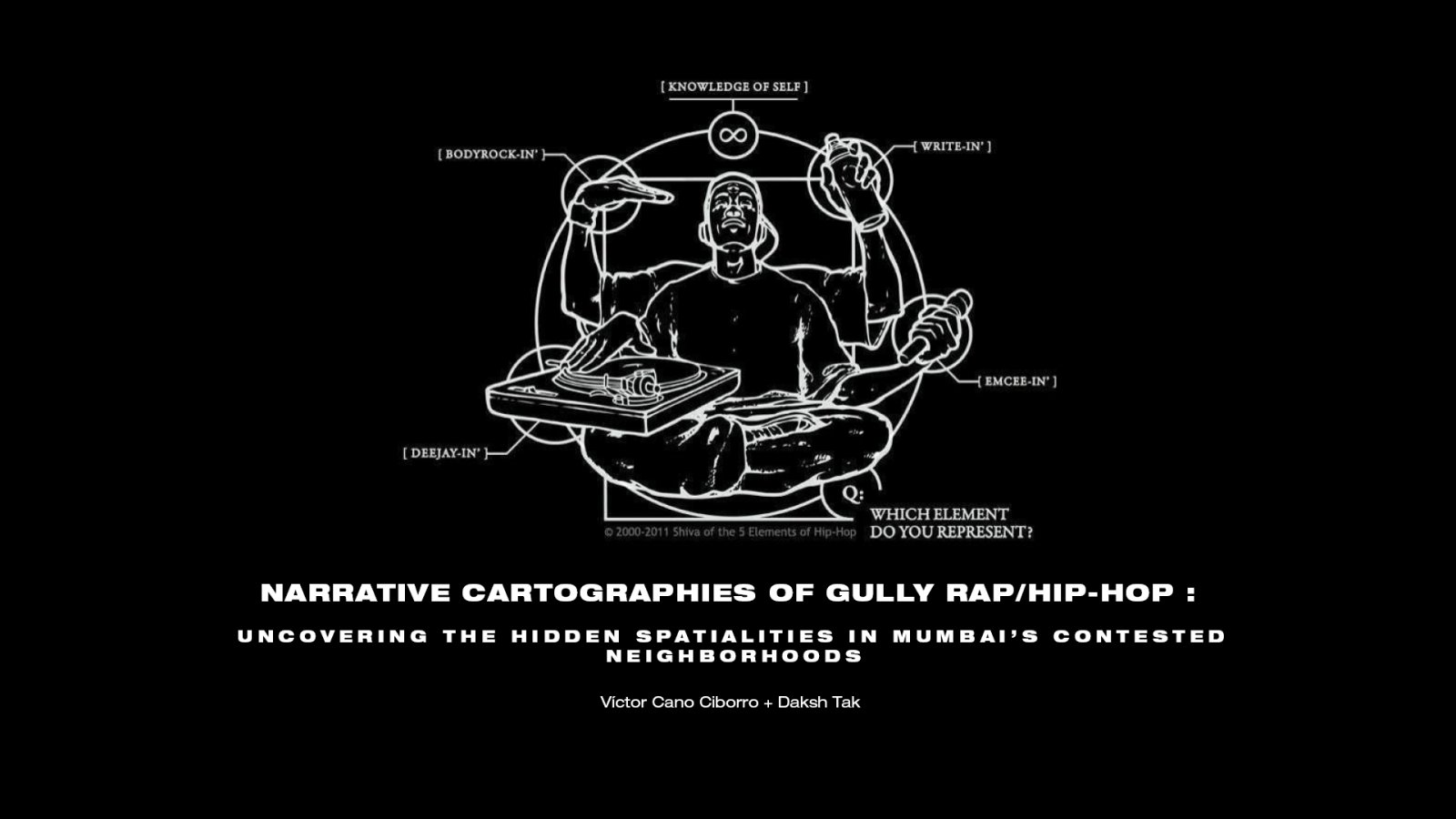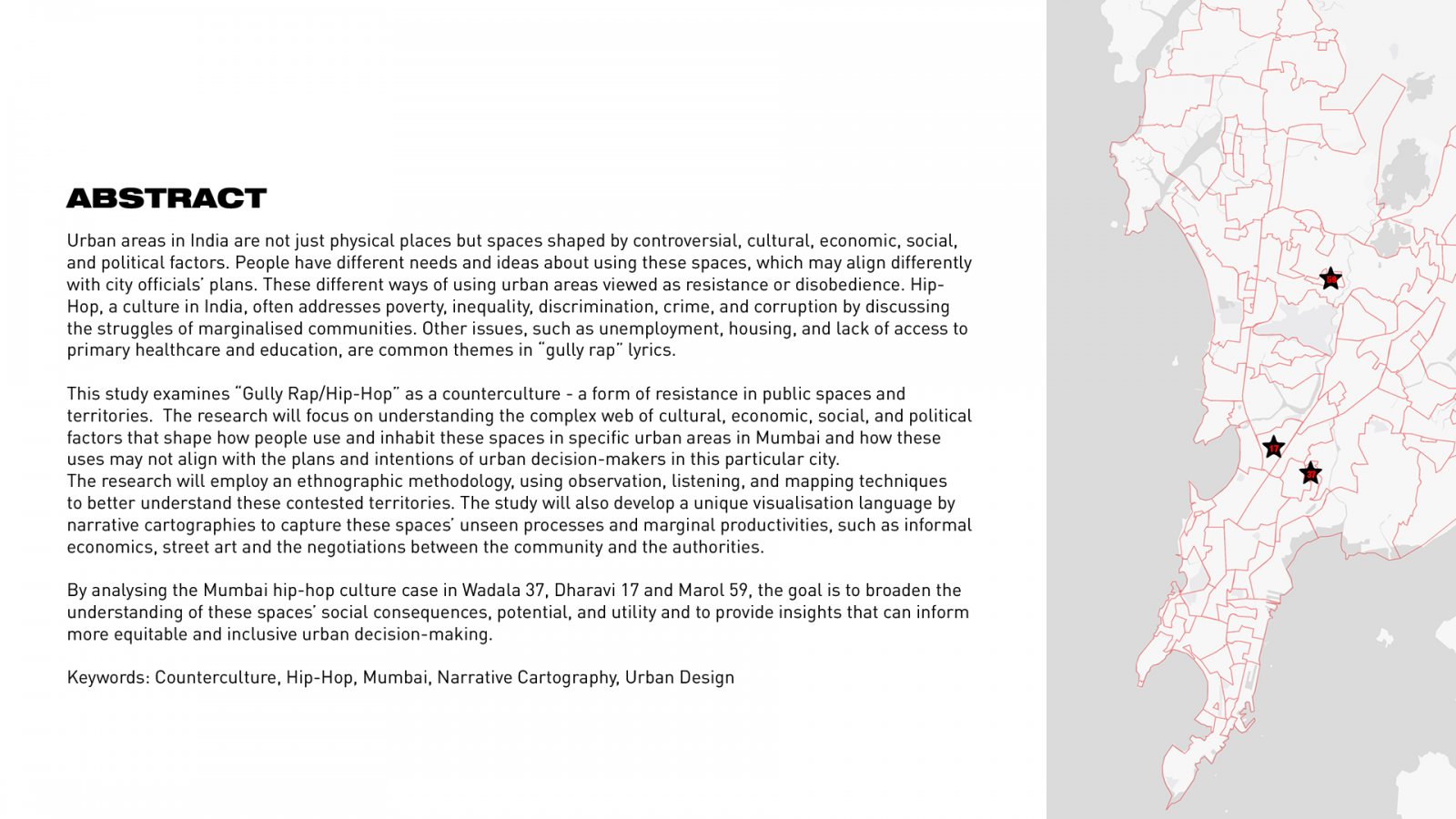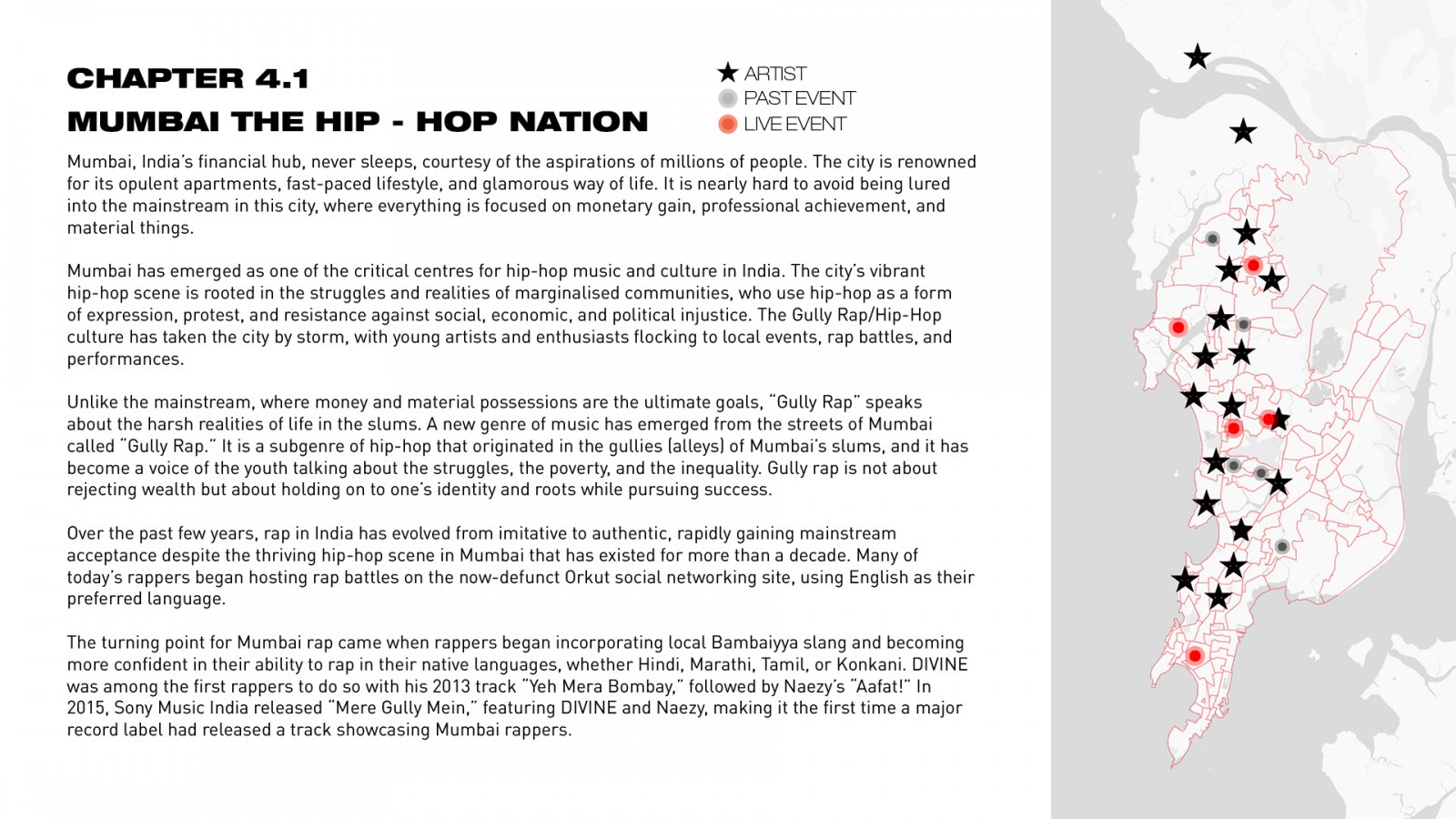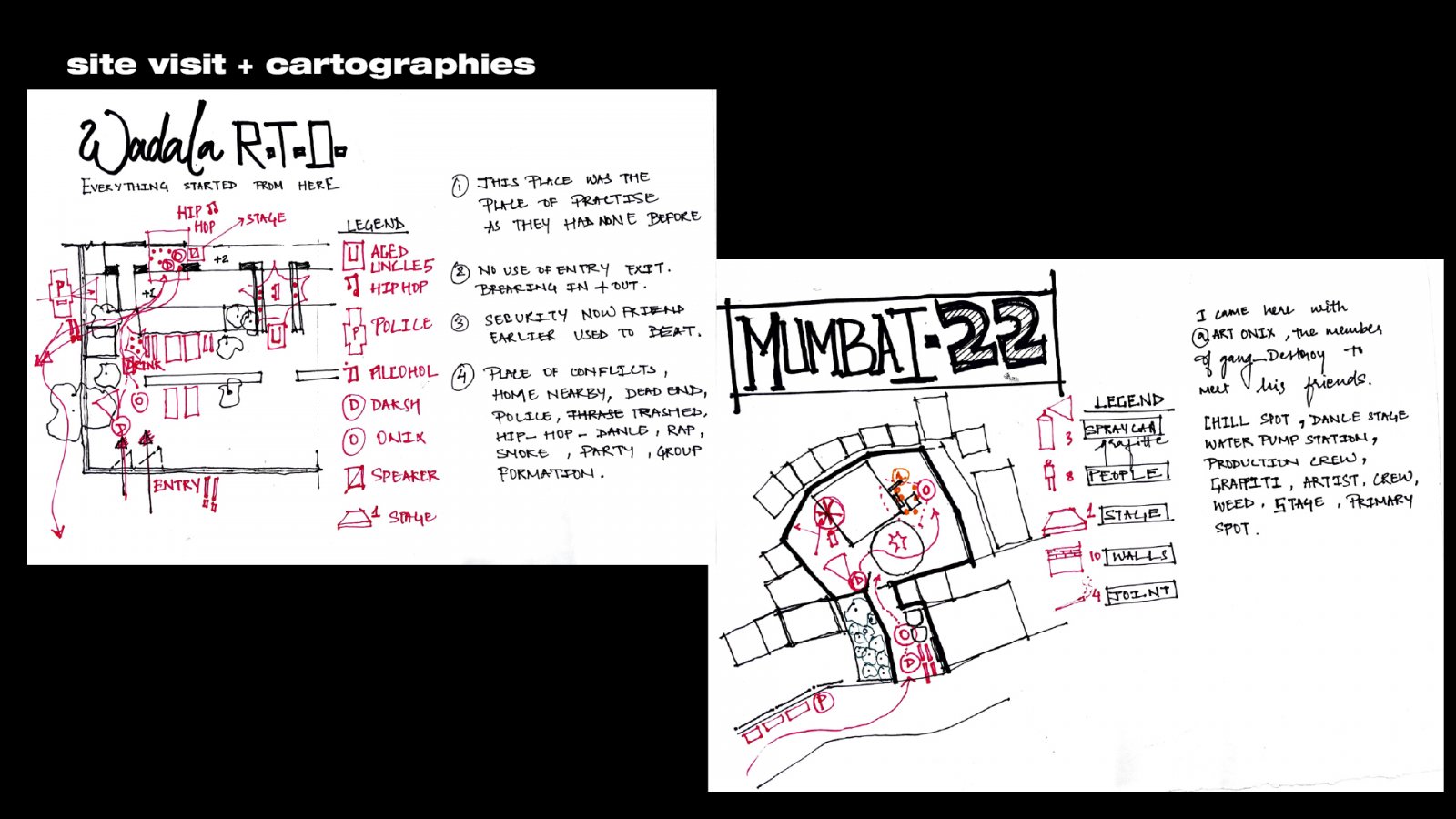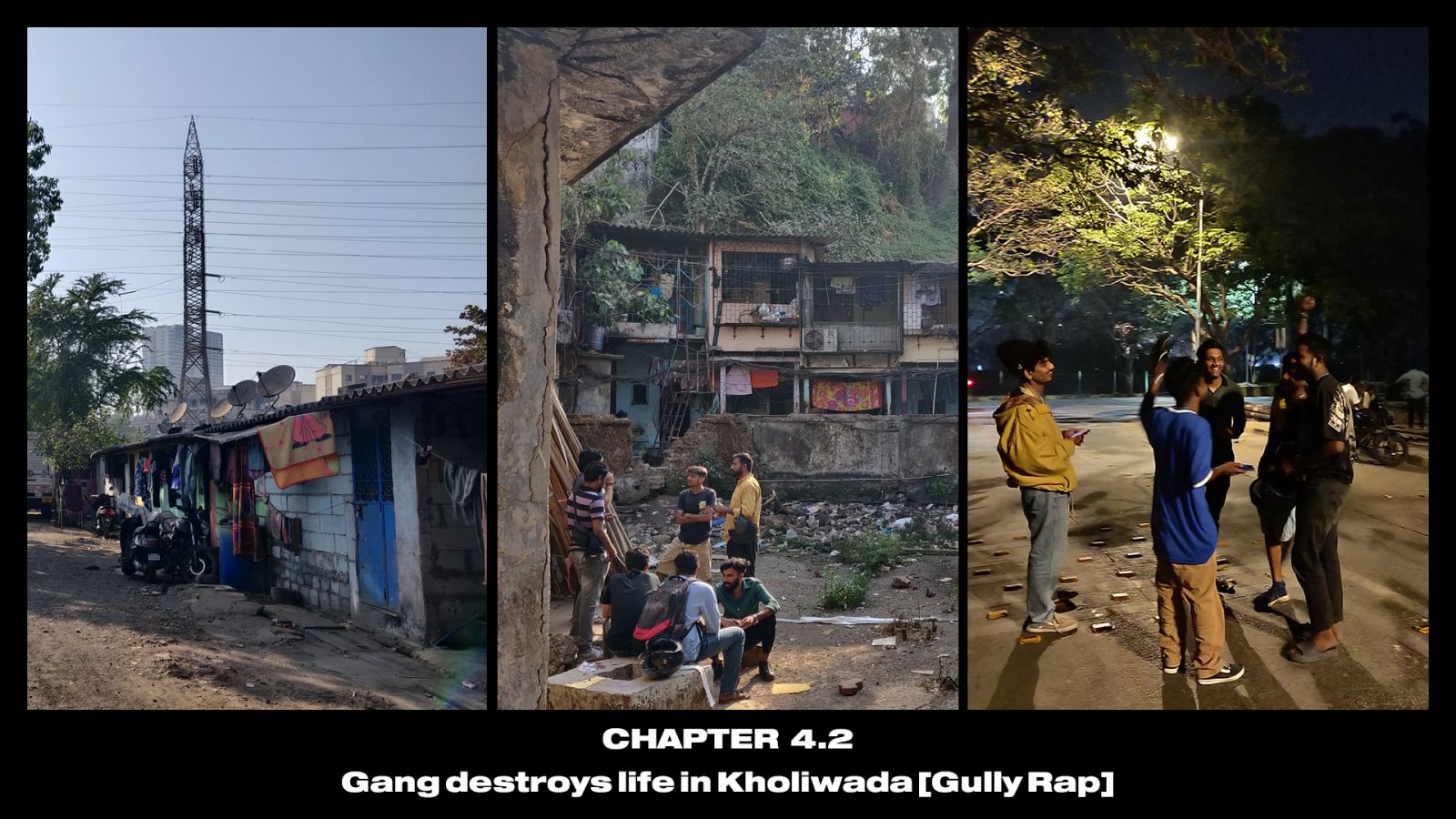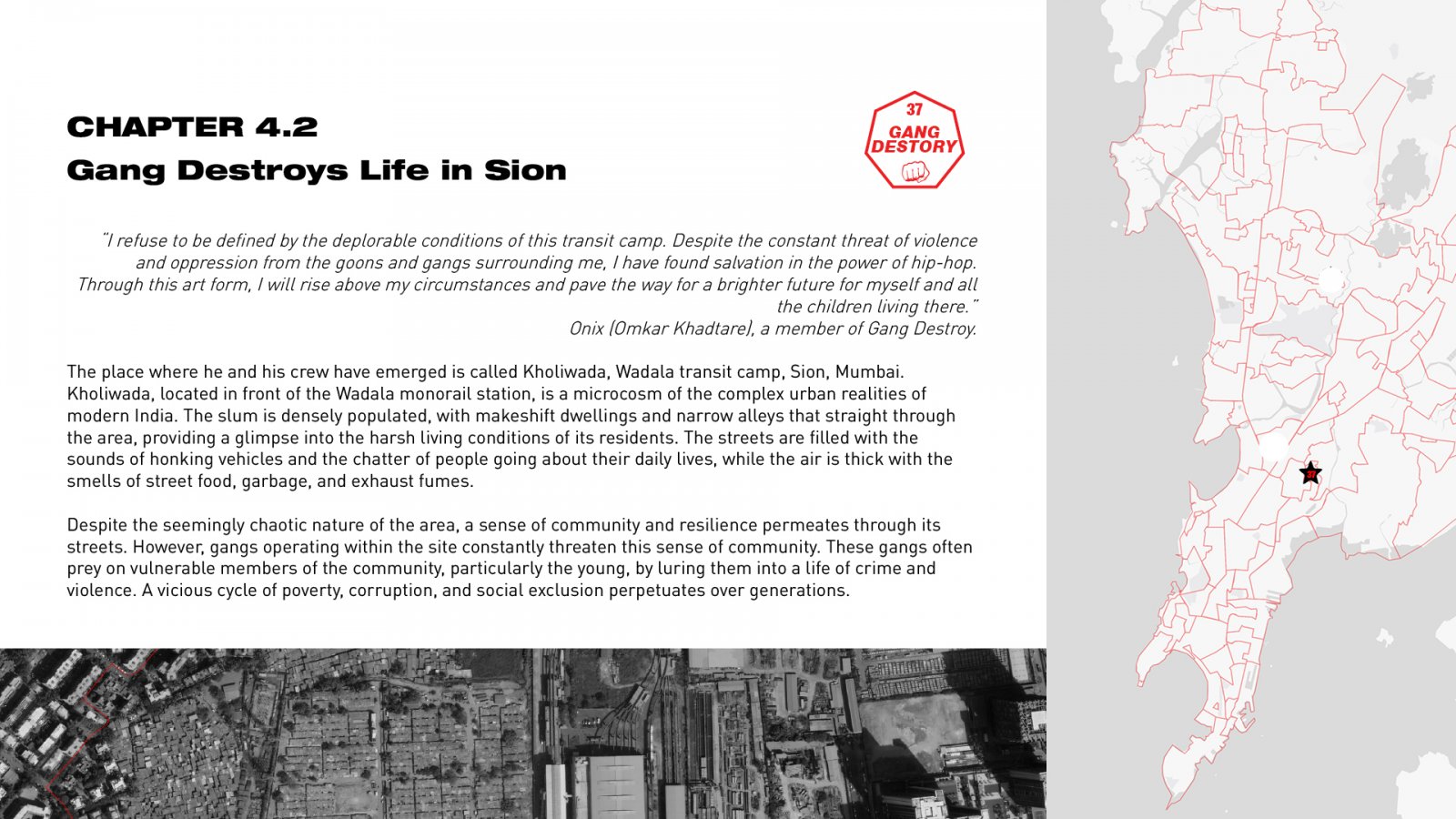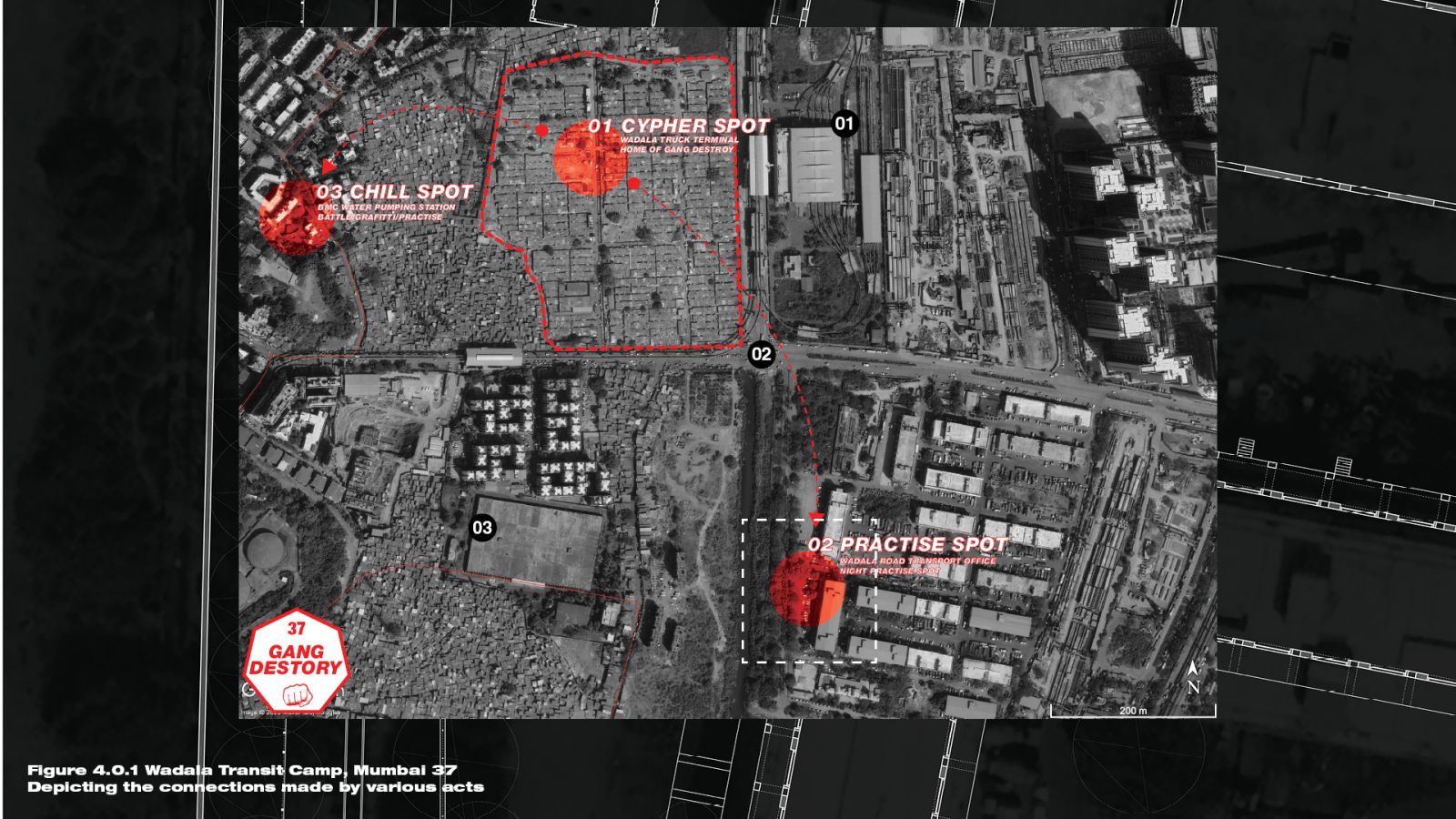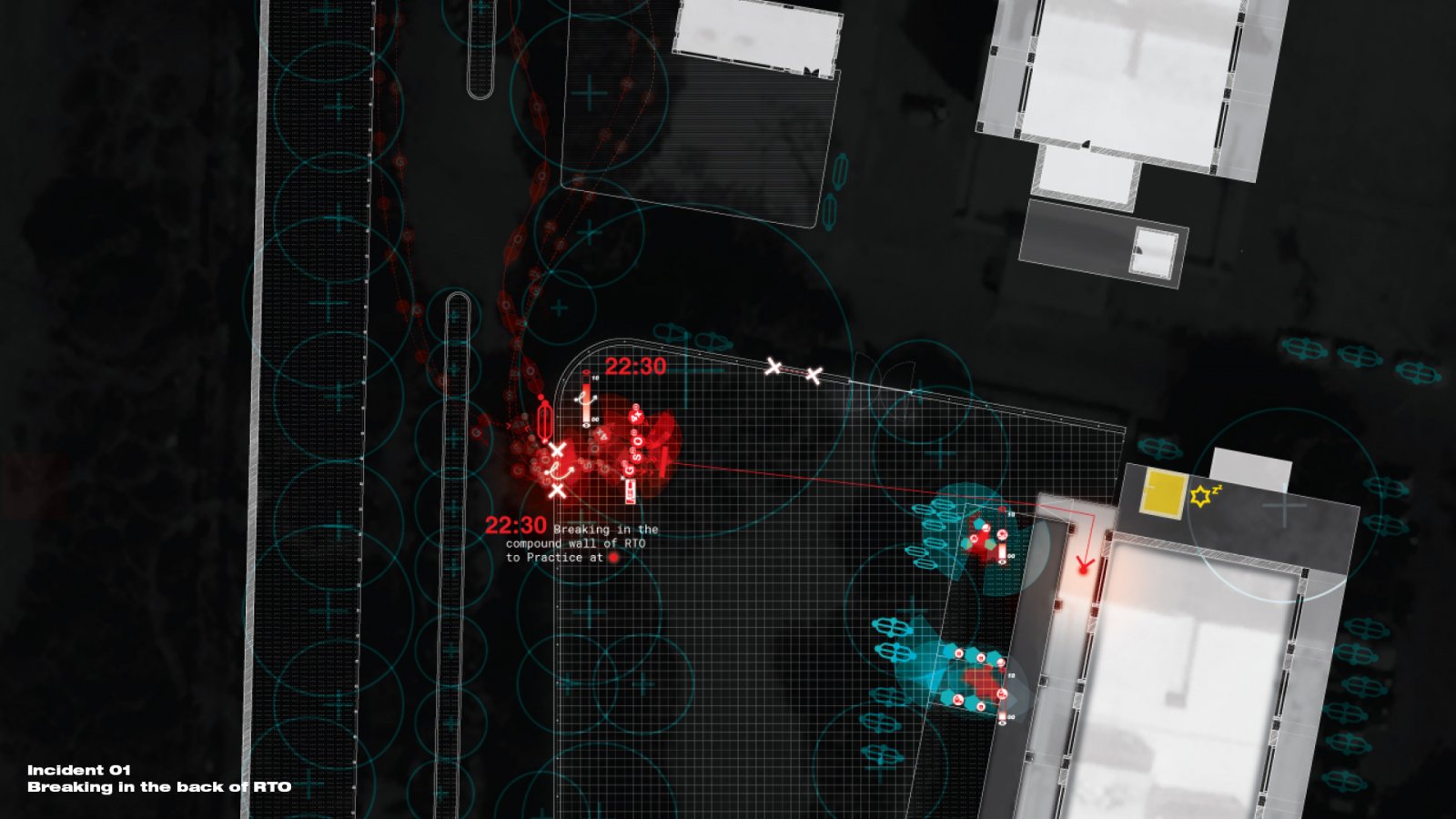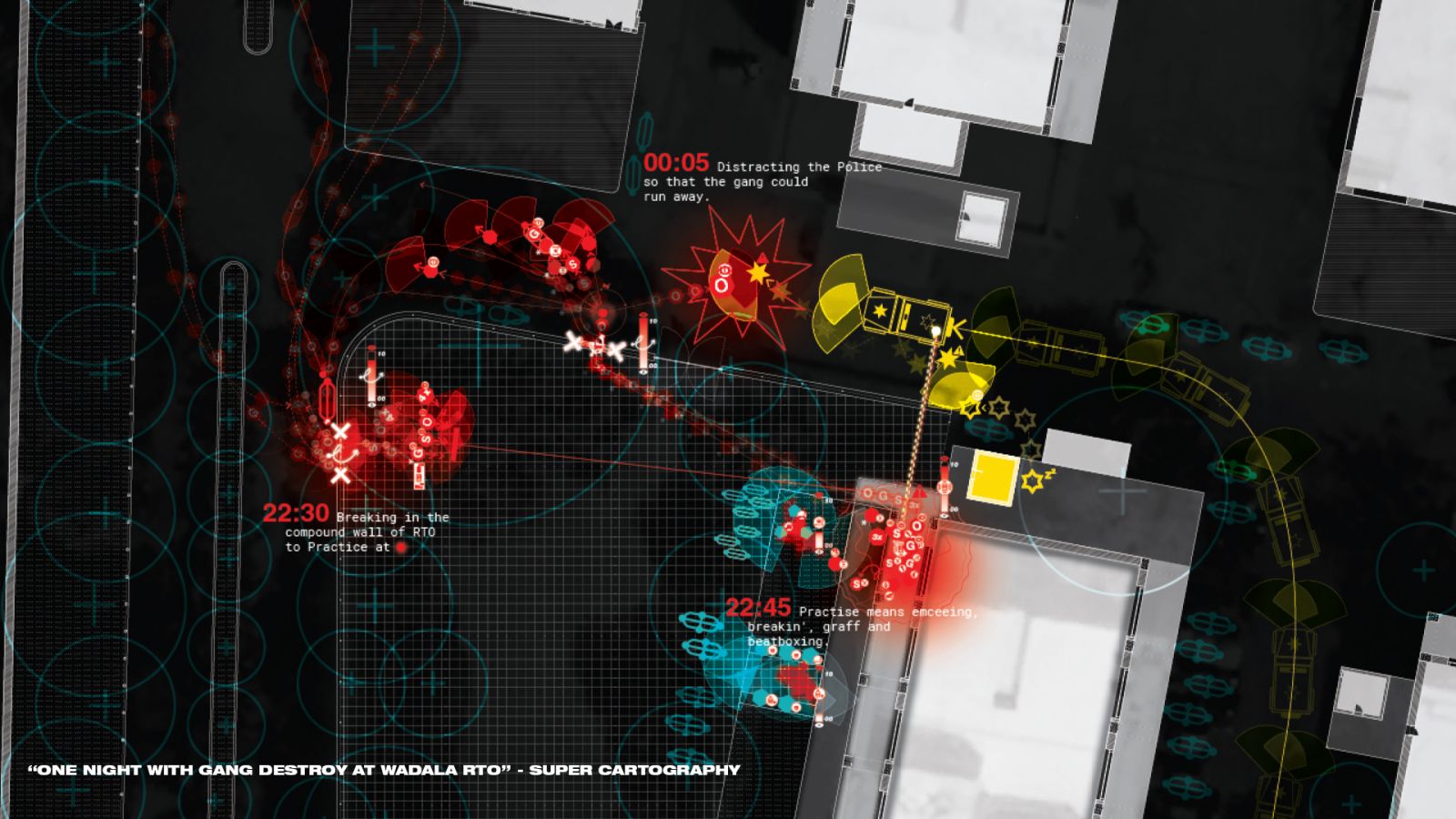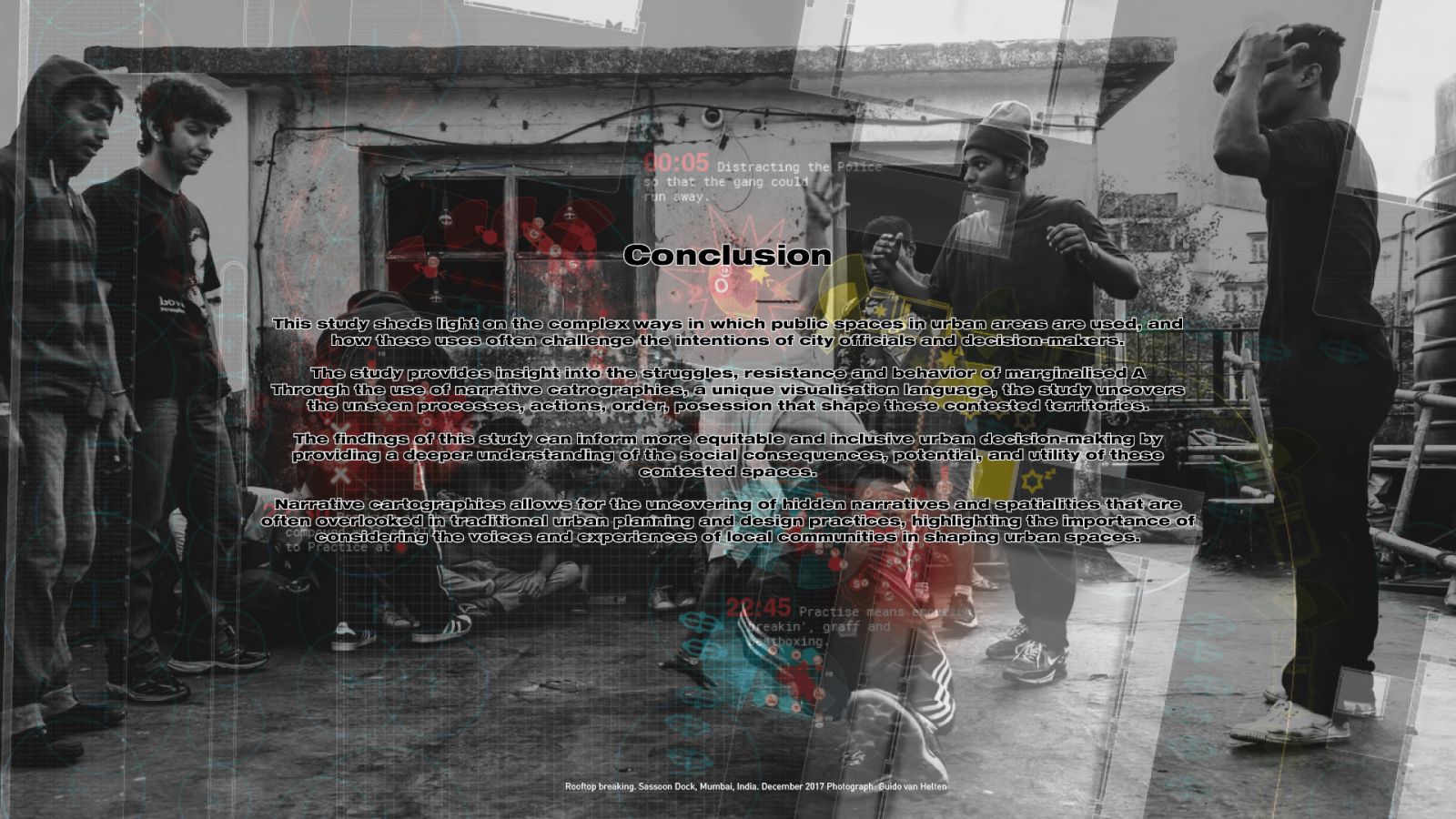Your browser is out-of-date!
For a richer surfing experience on our website, please update your browser. Update my browser now!
For a richer surfing experience on our website, please update your browser. Update my browser now!
Urban areas in India are not just physical places but spaces shaped by controversial, cultural, economic, social, and political factors. People have different needs and ideas about using these spaces, which may align differently with city officials’ plans. These different ways of using urban areas are viewed as resistance or disobedience. Hip-Hop, a culture in India, often addresses poverty, inequality, discrimination, crime, and corruption by discussing the struggles of marginalised communities. Other issues, such as unemployment, housing, and lack of access to primary healthcare and education, are common themes in “gully rap” lyrics.
This study examines “Gully Rap/Hip-Hop” as a counterculture - a form of resistance in public spaces and territories. The research will focus on understanding the complex web of cultural, economic, social, and political factors that shape how people use and inhabit these spaces in specific urban areas in Mumbai and how these uses may not align with the plans and intentions of urban decision-makers in this particular city. The research will employ an ethnographic methodology, using observation, listening, and mapping techniques to better understand these contested territories. The study will also develop a unique visualisation language by narrative cartographies to capture these spaces’ unseen processes and marginal productivities, such as informal economics, street art and the negotiations between the community and the authorities.
By analysing the Mumbai hip-hop culture case in Wadala 37, Dharavi 17 and Marol 59, the goal is to broaden the understanding of these spaces’ social consequences, potential, and utility and to provide insights that can inform more equitable and inclusive urban decision-making.
Keywords: Counterculture, Hip-Hop, Mumbai, Narrative Cartography, Urban Design
